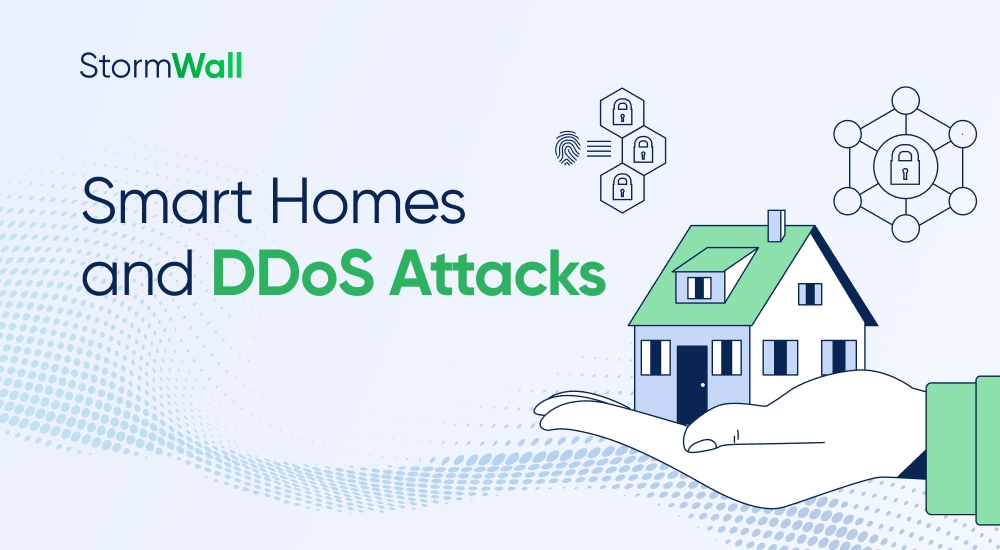Smart home technology is no longer surprising. Many of us are used to thermostats that regulate temperatures automatically, curtains that close at sunset, and cameras that monitor our homes.
While these devices make life more convenient, they come with a risk: anything connected to the internet can potentially be hijacked and turned into powerful tools for launching Distributed Denial of Service (DDoS) attacks.

The Problem with IoT Devices
A “smart home” usually refers to systems that manage comfort and control in a home or building. But more broadly, it includes any IoT (Internet of Things) devices used in homes or offices. These gadgets often run on basic operating systems and handle data with minimal human interaction.
By the end of 2024, approximately 18.8 billion IoT devices will be connected to the internet, marking a 13% increase from last year.
For cybersecurity experts, this rapid expansion raises alarms. Most IoT devices lack sufficient protection. Manufacturers and users tend to prioritize functionality and design over security.
Many IoT devices also have limited hardware, making it difficult to support even basic security features like data encryption. Another issue is that smart home devices often come with default passwords, and many users don’t bother changing them. A prime example is the massive DDoS attack on Dyn in 2016, where the Mirai botnet exploited IoT devices still using their default passwords, causing widespread disruptions to major websites like Netflix, Amazon, and Twitter.
Additionally, most IoT devices are online 24/7, and the traffic they generate is hard for regular users to monitor. What’s even more concerning is that both manufacturers and hackers are fully aware of these critical vulnerabilities. While manufacturers frequently use open-source software and delay necessary updates, hackers are quick to exploit these weaknesses.
How to Protect Yourself and Your Business
There’s an old joke in cybersecurity: the “S” in IoT stands for “Security.” Unfortunately, many IoT devices remain highly vulnerable, making them easy targets for hackers to steal information or even break into corporate networks.
More commonly, household gadgets are used in DDoS attacks. Hackers exploit IoT vulnerabilities to build botnets—a network of compromised devices capable of flooding a target with massive amounts of malicious traffic, overwhelming it.
Improving IoT security is challenging, especially when manufacturers and users are slow to implement changes.
However, the stakes are even higher in businesses that utilize IoT devices in offices, factories, and warehouses. Companies must integrate these risks into their cybersecurity strategies. Every internet-connected device, from the office fridge to the CEO’s air purifier, must be secured.
To reduce the risk of your IoT devices being compromised, follow these tips:
- Research device security before and after purchase. Publicly known vulnerabilities may be a red flag to consider alternatives.
- Change all default passwords to strong, unique ones that can’t be easily guessed.
- Keep device software updated when possible.
- Isolate IoT devices from critical infrastructure.
- Train employees on basic cybersecurity practices.
- Monitor any unauthorized device connections to your network.
As smart home technology continues to gain traction, businesses have even more incentive to bolster their cybersecurity. To effectively safeguard against DDoS attacks and other IoT threats, consider leveraging specialized solutions from providers like StormWall.

DDoS Protection for Websites
- Activate protection in 10 minutes
- 24/7 technical support




















